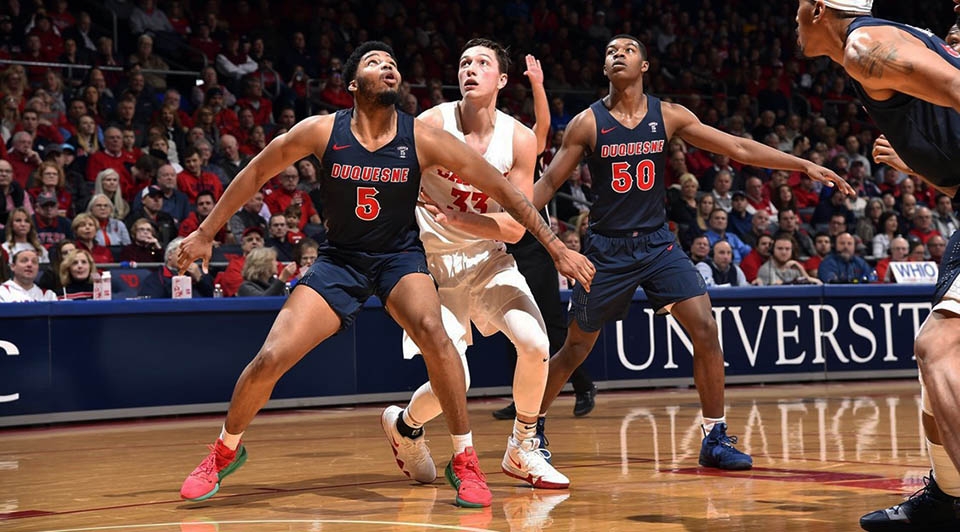
By Rebekah Devorak | Opinions Editor
In this day and age, the world has been blessed with a seemingly infinite amount of technology that makes our lives the easiest they’ve ever been, and they do it with style.
There are driverless Ubers parading through the streets of downtown Pittsburgh, the spinning sensors on the roof of the car looking like something out of a sci-fi movie. We can carry computers with us anywhere: on our wrists, in our back pockets and even before our eyes with the short-lived Google Glass. All we have to do is ask a question, and Amazon’s Alexa will read us the news, play music or set reminders, no effort beyond speaking required. It seems we have everything we could ever want, right?
Wrong. Well, sort of.
What about a quick and inexpensive way to travel longer distances within the United States? Sure, bus tickets for Greyhound are light on the pocketbook — especially for budget-concerned college students — but the process of getting from Point A to Point B can be grueling and time-consuming. Of course, you could always travel by plane. But even opting for the skies can take hours to reach your destination when you factor in the time it takes to go through airport security. Plane tickets are also pricey; according to the U.S. Department of Transportation, the average price of a ticket in 2015 was $348.89, not including bag check and other fees.
But the Mid-Ohio Regional Planning Commission could change all of that. According to the Pittsburgh Post-Gazette, the group, which operates out of Columbus, is a semifinalist out of 35 competitors around the world to win the Hyperloop One Challenge. If the Mid-Ohio Regional Planning Commission wins, they could start building a Hyperloop that would connect Pittsburgh, Columbus and Chicago.
The best part? Travel would only take 15 minutes and cost around $30 a ticket, according to Business Insider.
Hyperloop One is a company based in Los Angeles, and its website states that it is creating the technology to “move people and things at airline speeds for the price of a bus ticket. It’s on-demand, energy-efficient and safe. Think: broadband for transportation.” A Hyperloop system between the three cities would ideally move passengers and freight in pods that travel through tubes using magnetic forces at speeds upward of 700 mph.
While developers say that turning this idea into a reality is still around five years away, a Hyperloop could change the way that people travel forever. This is especially true for college students who want to explore different parts of the country on a budget. College is the perfect time for young people to travel because students typically have less responsibilities and ties to keep them in one place. But money is a huge barrier for most; an article by the Huffington Post says that the cost of a trip is the No. 1 reason why people don’t travel, and college students usually don’t have a ton of cash in the bank.
But a Hyperloop means that students won’t have to ride for hours on a grimy Greyhound through the middle of the night, stuck next to strangers invading their personal space, to head over to Columbus. Nor will they have to shell out tuition money for a window seat on an airline to visit Chicago. The Hyperloop is the best of both worlds: fast travel on a dime.
Exploring isn’t the only thing that the Hyperloop would change, either. Commuting to work could become easier than ever. People could live in Pittsburgh and work in Chicago, and the journey to their job would probably take less time than driving through rush-hour traffic into town each morning would. It might be a little expensive to pay $30 a ticket daily to get to work, but the Hyperloop could open up an entirely new job market to the surrounding area.
And forget Amazon’s two-day shipping. Could you imagine 15-minute shipping? Of course, moving freight and packages directly to your door could take a little more time than that, but having a Hyperloop means local companies could ship products and consumers could receive them same-day and in a way that would be cost-effective.
The future of traveling is almost here, and it’s moving a lot faster than you think.




